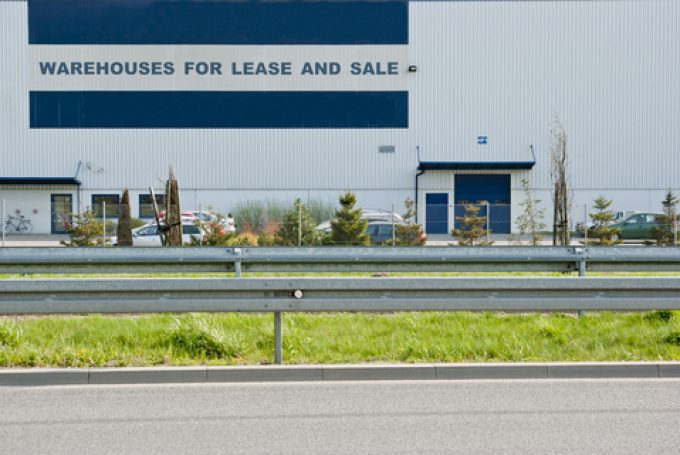Teamsters union vows UPS will be 'in for a hell of a fight' over jobs cull
“UPS will be in for a hell of a fight” said the Teamsters Union yesterday, ...

To the relief of beneficial cargo owners (BCOs), supply chain costs have been in retreat.
According to Freightos, container rates from Asia to the US west coast have dropped to a level last seen in October 2018, while transpacific air cargo pricing has declined 32% since ...
Keep our news independent, by supporting The Loadstar
Four crew members still missing as Wan Hai 503 continues to burn
Explosions and 'out-of-control' fire reported on Wan Hai box ship
Carrier price hikes hold, driving spot rates higher as space gets scarcer
MSC Elsa crew face criminal probe, as Wan Hai 503 firefighters battle on
Predatory rivals circle as the ripples from DSV's Schenker buy widen
Transpacific rates ease as capacity boost proves too much for trades to digest
'It's driving us mad', say forwarders as US court fails to end tariff turmoil

Comment on this article